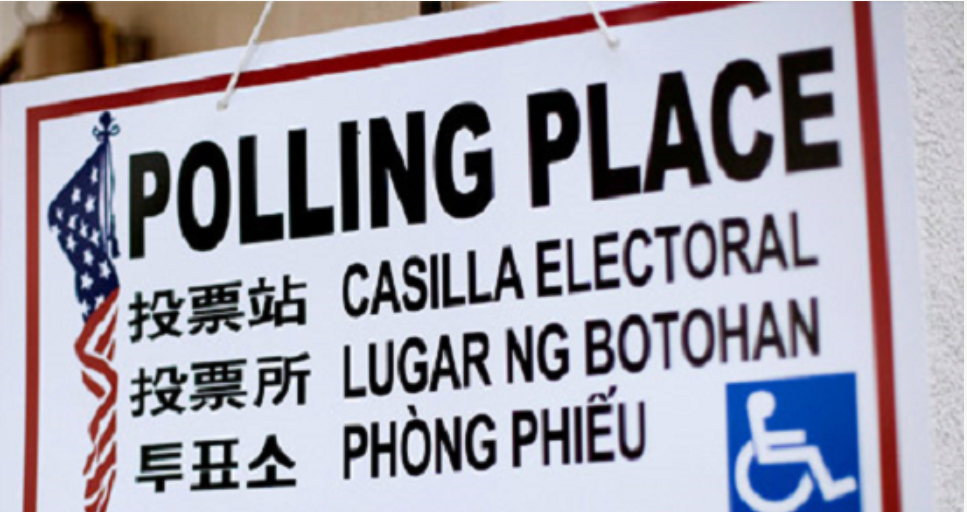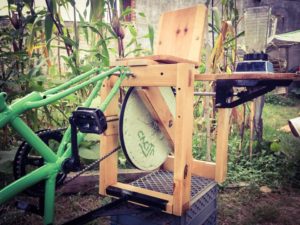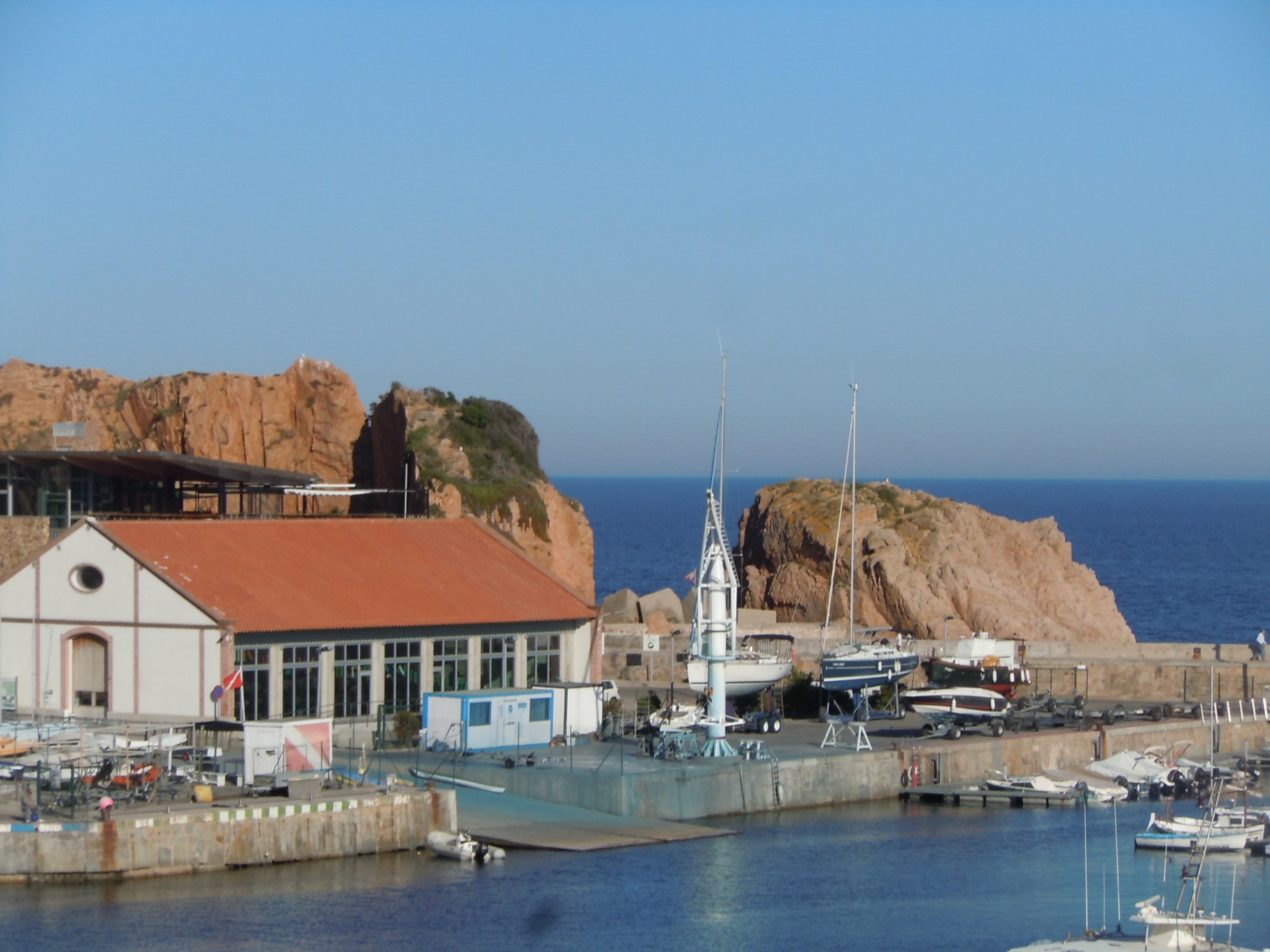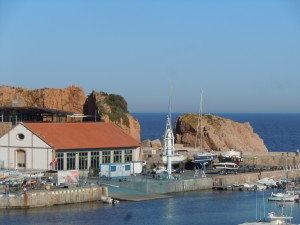The Candidates and Ballot Questions I’m Supporting This Year

Here in Western Massachusetts, four adjacent State House of Representatives seats and an overlapping State Senate seat have no incumbent. So we are challenged by a loss of continuity and institutional memory–but blessed by a plethora of great candidates in both local and state races. In some of these races, I could support as many as three candidates and it’s very tough to make a choice. But since we unfortunately don’t have Ranked Choice Voting, which allows you to pick a second and third choice, etc., we have to support someone.
I’ve spent a lot of time over the past several months attending candidate forums and house parties, reading about the candidates in the newspaper and on social media, and, having individual meetings, calls, and correspondence with some of them. So I feel I’m making informed decisions, and I’d like to share my choices with you–and why I picked these folks. For the two candidates in my own local districts, I’m including links to their websites and/or Facebook campaign pages.
The Democratic primary is September 4, just one day after Labor Day. If you’re registered to vote, please mark your calendar and exercise your rights on that day.
First, the races where I get to vote, and then the neighboring ones.
State Senate (to replace Stan Rosenberg, who resigned): Jo Comerford (write-in). Of the original six candidates, four remain, three of whom I know personally. I feel any of those three would do a good job, and probably so would the fourth. But Jo is a cut above. She has the perfect resume for a State Senator in a district full of activists. I first met her when she began running the American Friends Service Committee office in Northampton, after Frances Crowe (who started the local branch in her basement back in the 1960s) finally retired. From there, she took over from the late Greg Speeter as director of the National Priorities Project, the organization that shows cities and towns dollar for dollar what they send to the military, and how they might use that money at home instead. NPP has been a resource to academics and activists for decades, and I’m so proud that they’re based here in the Valley (along with several other wonderful national organizations). Her next job was at the Food Bank of Western Massachusetts, which gave her direct experience with the issues people in our area face around hunger and poverty, as well as highly relevant experience working with local farmers. Then she went to MoveOn, where she was a national campaign director for four years, stepping down only to run for this seat. Jo is humble and clearly in the race as a way to serve. She’s also highly organized, has mobilized a veritable army of volunteers, and brought in a bunch of awesome endorsements (including progressive commentator and former US Secretary of Labor Robert Reich, who has personal connections with Northampton). Her other endorsements include Northampton Mayor David Narkewicz, former State Rep. Ellen Story, former Congressman John Olver, as well a whole host of peace and justice, environmental, and labor groups. While election officials are supposed to count votes for Jo Comerford, Northampton, it’s best if you write in Joanne Comerford, 186 Federal Street, Northampton. Visit Jo Comerford’s campaign Facebook page for more information.
State House (to replace retiring John Scibak in Hadley, South Hadley, Easthampton, part of Granby): Marie McCourt. I see Marie first off as grounded in the experience of marginalized people who learn to make the system work through painful trial and error. Between her own disabilities and her son’s special needs, she has had to be an advocate her entire adult life. I also see her as very willing to listen, to be thoughtful, to look at an issue from many sides. And I see her as a passionate representative of her constituents; she is in the race to be of service. Of the three candidates, Marie appears to have the strongest grasp of the different personalities and issues in the four communities–because she has gone out and listened to people in all of them. Marie is a protege of both long-time State Reps Ellen Story (who has endorsed her) and John Scibak (who is not publicly endorsing anyone), and received the strongest candidate endorsement I can ever remember the Daily Hampshire Gazette giving any candidate in the 36+ years I’ve been reading the paper. I didn’t know Marie before Scibak announced his retirement, but I have met with her in-depth several times, hosted a house party with her, and been part of her strategy group. That’s how impressed I am with her. Facebook: https://www.facebook.com/mccourt4rep/
State-Wide races:
Governor (to run against Charlie Baker in the November general election): Bob Massie. Massie impressed me when I met him while he was running for statewide office many years ago, and he impresses me still. He has a terrific record on the environment, personal experience with the challenges of our health system (and also experience of the European single-payer model), and as strong a commitment to social and environmental justice issues as any gubernatorial candidate I can remember, similar to Robert Reich (who ran for governor several years ago) . He is more openly progressive and considerably more charismatic than his opponent, and I think he has a better chance of beating Baker, who is surprisingly popular. But if Gonzales is the nominee, I will have no problem supporting him in November.
Lieutenant Governor (to run against Karen Polito on a slate with the primary winner for governor in the November general election): Quentin Palfrey. Again, two fine candidates with good politics and good grasp of policy, and I will happily support the primary winner in November. My only exposure to Jimmy Tingle was at the Democratic Convention in June, while I’ve heard Palfrey two other times: once at a meeting of an activist group in Northampton, and once at an a rally against the White House policies on separating families of immigrants. To me, it’s very important that he shows up to progressive events and sees us as integral to the Democratic Party, and he knows the state extends past Route 128 and even I-495. I know he’s been out here in western Massachusetts several other times during the campaign, while I’m only aware of one Tingle appearance in the area. It also helps that I see myself in complete agreement with everything I read on Palfrey’s policy page.
Secretary of State (running against incumbent Democrat William Galvin): Josh Zakim. This is a very clear choice. The incumbent, first elected in 1994, has been good about holding corporate interests accountable to consumers, but otherwise has kept a very low profile. He is wishy-washy on a number of electoral reforms that would open up the process, while Zakim, currently a Boston City Councilor, unashamedly embraces them.
US Congress, Massachusetts 2nd District: no primary. Supporting incumbent Jim McGovern in the general election. McGovern’s been great on defending SNAP and other hunger programs, standing for meaningful action on climate change, and opposing the racist, anti-consumer white House agenda at every turn. He comes to the western part of the state frequently and maintains a district office in Northampton. I consider him one of the best people in the entire Congress and am proud to be in his district.
Adjoining districts:
To replace the late Rep. Peter Kocot (Northampton/Hatfield): Lindsay Sabadosa. Lindsay is a progressive activist who has had a high profile in the Valley, organizing the local chapter of the Women’s March and active in numerous progressive activities. She also knows her way around the Statehouse and has built progressive issue-oriented coalitions. Her opponent, who ran Kokot’s district office, seems quite decent but doesn’t seem to bring the passion and energy. I also worry that some of the people in her camp are openly hostile to a progressive agenda.
To replace retiring Rep. Solomon Goldstein-Rose (Amherst, Pelham, part of Granby): Mindy Domb. Two good candidates for this seat. I give the edge to Domb on the basis of her passion and the level of support I see in the community. When Goldstein-Rose bowed out of the race, he endorsed Domb.
To replace retiring Rep. Steve Kulik (western Hilltowns and Deerfield/Sunderland): I see three good candidates. While I have not followed this one as closely as the others, I dealt with Nataie Blais when she worked for Congressman McGovern and found her very professional. She also has Kulik’s endorsement. Thus, she edges out Francia Wisnewski and Kate Albright-Hanna for my support in this eight-way(!) race.
US Congress, Massachusetts 1st District: Tahirah Amatul-Wadud (running against incumbent Democrat Richie Neal for a seat that includes all of Hampden and Berkshire Counties and big chunks of Hampshire and Franklin). Tahirah is a fresh face in local politics, whom I met shortly after the DT inauguration and quickly became friends with. I’ve been advising her campaign and I’m very much in favor of her candidacy. I used to live in Neal’s district. He seldom came to any of the other counties besides his base in Hampden County, did little on most issues, and only got me to vote for him once–because he’d voted no on the Iraq war. It is the only vote of courage I can remember him taking. Tahirah has been getting to know the geographically vast district and its very diverse voters, listening hard to people’s concerns, doing her research, speaking with issue experts…and to me, that leadership is worth sacrificing Neal’s power through seniority, as one of the longer-serving MOCs
In November, Massachusetts voters also have three ballot questions. I recommend voting Yes on Questions 2 and 3–but after much research (and confusion) I’ve changed my mind on Question 1 and plan to vote no:
- Question 1 has a laudible goal of redcuce the burden on overworked nurses, and I had been a strong supporter of Question 1–until I started educating myself. However, the bill–yes, I’ve read it–is very poorly drafted. Specifically, the definition of what constitutes a finable incident is alarmingly vague. While the intent of the bill is laudable, it is so poorly written that I am convinced it will do more harm than good. It could result in community hospitals like Northampton’s Cooley Dickinson (my nearest hospital) being forced to close. Reluctantly, I am now a no vote.
- Question 2 will take the first steps to get Massachusetts, at least, out from under the thumb of big corporate money in politics and give our state at least a little bit of protection from the horrible Citizens United US Supreme Court decision of several years ago that allowed dark money in politics, pretty much without restriction–and puts the wheels in motion to create a constitutional amendment overturning Citizens United. Please vote Yes!
- Question 3 protects against an attack on the rights of transgender people. A yes vote maintains the present protective law, while a no vote removes protections from a class of people who have done nothing criminal. Please vote Yes!
Some progressives have wondered, as a life-long grassroots activist, why I’m getting so involved in electoral politics. Because we need to do both. In 1975, I put a sign in my yard that said “Don’t vote. It only encourages them.” But like Obama’s position on same-sex marriage, my position has evolved. I was only 18 and didn’t see the use of a system that had little use for me as a youth, that under both LBJ (Democrat) and Nixon (Republican) was sending people just slightly older than me to fight and die in the far-away jungles of Vietnam, was despoiling the earth, and was not responsive (in my opinion at the time) to citizen needs.
But by 1983, I was of a different mind. I began to follow local politics closely that year, and since that time have been involved in many local, state, and national campaigns. I even ran for local office three times and managed a successful campaign to get a progressive insurgent on the City Council. He beat the three-term incumbent conservative by seven votes! I still do the grassroots work and see it as important. I go into electoral politics with my eyes open, knowing that no candidate will be the savior, that the pressures on elected officials to side with the powerful are immense, and increase the more you go up the ladder from municipal to county to in-state region to state to national region to president. But I also see good people all the way along the ladder. I think Obama and Carter and Kennedy were good people. They had plenty of flaws, but they had heart.
And if we have learned nothing from the horrible policies and horrible statements emanating from Washington the past two years, we know now without any doubt that our votes make a difference, that staying home or voting third-party in a swing state is not an option under the current electoral system, and that we could have beaten back this nightmare if more people had understood what was at stake.
So, Massachusetts residents, get out there and vote on September 4. So, all US citizens, get out there again to vote on November 6.







